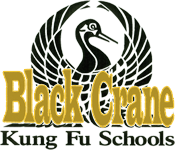Although no definite date of the history of Kung Fu is known, most authorities agree that a Chinese warlord by the name of “Chi Yu ” developed a wrestling art called “Go- Ti”, translated it means “Horn Gore”. It consisted of two contestants each wearing ox horns that fought each other on a huge mat using crude wrestling techniques whilst using the ox horns to try to gore each other. Usually these matches were fought to the death. Later the horns were discarded and hand to hand wrestling was popularized. This art is still practiced today in Japan and its modern form is known as Sumo. Through thousands of years of improvement and refinements this art, which was only one of many, gradually developed into the skills of Kung Fu that we have come to know today.
History of Kung Fu
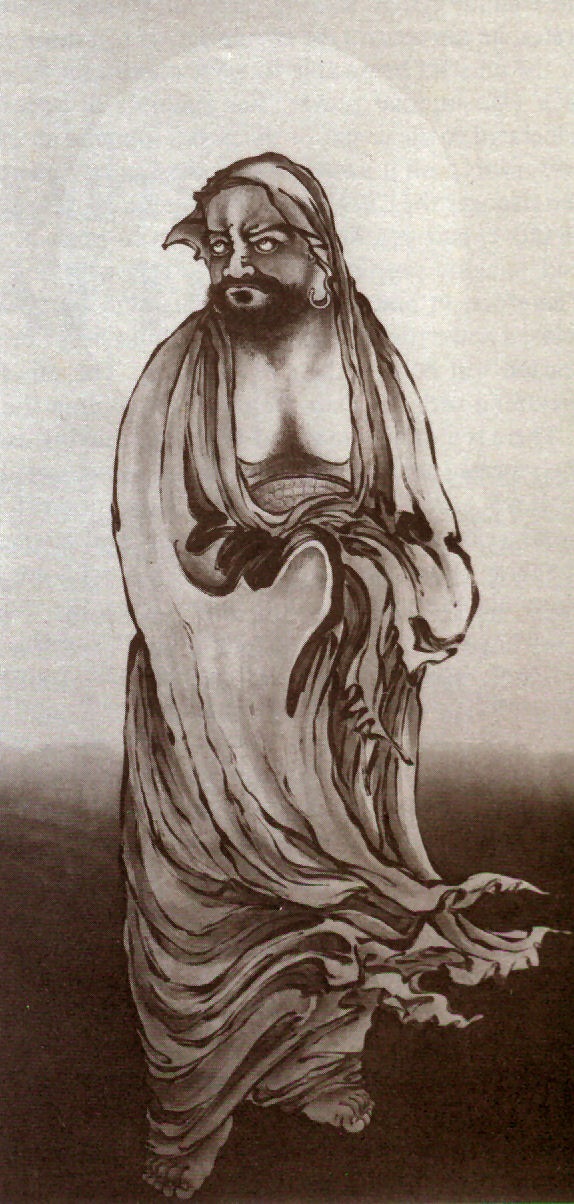
During the Liang Dynasty (502-557AD) in the reign of Emperor Leung Wu Ti in 527 A.D., an Indian Prince, who was also a Buddhist Monk, named Bodhidharma, entered China to teach the Chan sect of Buddhism. Later the Chinese people came to know this monk as Da Mo. Emperor Leung Wu Ti invited Da Mo to the Kuan Shao Temple in Canton as he was very interested in learning this new style of religion, the Chan sect of Buddhism. The Emperor received Da Mo, but after talking to the Emperor about the Chan sect of Buddhism, the Emperor decided he didn’t like his Buddhist theory and forbade it to be taught.
Some of the attributes of the Chan sect of Buddhism were to give up all worldly goods and that everyone was equal and to be treated as such. These teachings did not please the Emperor and Da Mo was banished from the temple and was told to leave the Emperor’s Provinces.
Da Mo retreated to the Shaolin Temple, but in order to get there he had to cross the Yang Tse River. As legend goes, Da Mo was so skilled in the arts of Kung Fu that he crossed the river by walking across the reed beds. Up until the time of Communism, the Chinese celebrated Da Mo’s crossing of the Yang Tse River with a yearly festival.
Da Mo made his way to Sonn Mountain where the Shaolin Temple rested on the Shao Shih Peak. Upon arrival at the temple Da Mo was refused entry by the Abbot. Da Mo then sat outside the Temple until the Abbot let him in. Initially the Abbot did not like Da Mo’s new form of Buddhism but gradually the Abbot realised that Da Mo would be able to greatly expand their knowledge. When Da Mo entered the Shaolin Temple he noticed that the monks were very weak and sick. As a result he decided to help them. Legend then tells us that Da Mo then locked himself in a room where he meditated for nine years to find a way to help the monks. During that time he wrote two books entitled Shi Sui Ching and Yin Gin Ching.
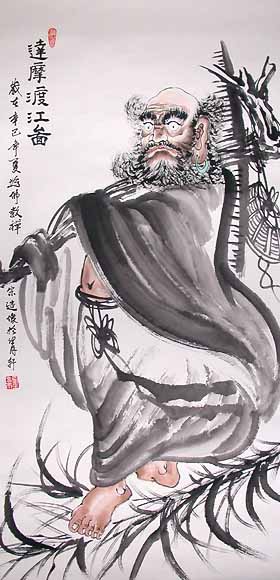
Shi Sui Ching was primarily a religious treatise explaining methods for developing the Buddhist spirit and attaining Boddhahood or enlightenment. Yin Gin Ching (Book of Muscle Development) taught ways to strengthen the physical body. The Yin Gin Ching was taught for generations in the Shaolin Temples to increase the health and strength of the monks. The exercises in this book were a form of External Chi Kung, Wai Dan (External Elixir). Da Mo used Wai Dan’s exercises to increase Chi circulation by stimulating one area of the body until a large energy potential built up and overflowed through the Chi channel system.
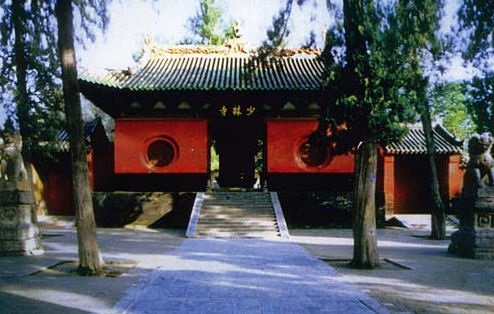
The monks practiced these exercises and found their power greatly increased. When these Chi Kung exercises were integrated into their training it greatly increased the effectiveness of their techniques throughout their Martial Arts Forms. Da Mo stayed with these monks and continued to teach them until he died at the age of 57 in 540 A.D.
After Da Mo’s death the Shaolin monks continued developing these skills and came up with five forms that imitated the movements of animals, known for their fighting ability, agility and speed. These were the Tiger, Leopard, Dragon, Snake, and Crane. The Shaolin Monks perfected these animal forms and their feats of strength and power using these Martial Art forms became legendary across China.
The Shaolin monks continued on this path of refinement for hundreds of years until a Shaolin monk by the name of Tsu Yuan decided he wanted to advance the Shaolin fighting systems to greater heights. He left the Shaolin Temple in search of a master with skills greater or equal to his own. He searched for several years and eventually found a master, named Pai Yu Feng. Tsu Yuan persuaded the master to return to the Shaolin temple with him and together they developed the Five Form Fist using and improving on the five original animal forms from the Shaolin systems. The Crane taught them concentration, from the Dragon they learnt self control, the Tiger gave them strength, the Snake taught them patience, and from the Leopard they learnt speed. Up until that time all Kung Fu systems were based on physical strength and brute force called Li.
During the Sung Dynasty 960-1279AD in the Wu Dan mountain area a Taoist Martial Arts system was formed. The style was known as Tai Chi Chuan and it followed the principle of Yin Yang, the opposing forces. Tai Chi was also known as Shih Shan Shih (the 13 postures). These came from the 13 principle techniques of the style, which correspond to the eight trigrams of the I Ching and combined with the five phases of the Wu Hsing.
This style also followed the principles of Nei Dan (Internal Elixir). Nei Dan is a training method in which the Chi was generated in the abdomen (Dan Tien) and then guided by the mind throughout the body.
The founder of this system, Tai Chi Chuan, was believed to be Chang San-Feng and as legend goes, these skills were revealed to him in a dream.
Tai Chi Chuan is known for its slow and relaxed movements. Its fighting techniques are based on the Crane and the Snake that are combined with Internal Powers.


Tai Chi chuan was the first of the Nei Dan style based on what was to become known as the Wu Dan principles. Since that time several other styles were developed using the Wu Dan principles. They were Hsing I and Pa Kua Chang. Later these styles became known as internal systems and collectively the three styles became known as the Inner Schools of Chinese Martial Arts.
Marshall Yeuh Fei is generally credited with creating the Hsing I system, although there is no documentary evidence to support this claim. The history of Hsing I started at the end of the Ming Dynasty, 1644 AD with a Martial Artist by the name of Gi Long-Fong. As legend goes Gi Long-Fong obtained a book from a hermit on Tsong Nan Mountain. The book was written by General Yeuh Fei and was called Shuan Ching (Fist Fighting Classics). The book described Martial Art techniques imitating the Dragon, Tiger, Monkey, Horse, Camel, Rooster, Eagle, Bear, Snake, Hawk and Swallow.
Gi Long-Fong, after reading and studying the book, developed the art and made a more complete style. Today there are many styles of Hsing I being practiced. Hsing I in all styles is practiced at a very fast speed. Although the muscles are relaxed, the power is developed in the Dan Tien using Wai Dan and Nei Dan principles.
Yeuh Fei was born on 15th February 1103AD in Tan Yin Hsien in the Henan Province in China. When he was only one month old the Yang Tse River flooded killing his father. Due to the quick thinking of his mother they escaped in a giant urn. Yeuh Fei was then raised and educated by his mother who although very poor was still a well-educated scholar. Each day she taught him how to read and write by drawing figures in the sand. Yeuh Fei became the most educated youngster in the village. Without his mother’s teachings Yeuh Fei would never have become the brave, intelligent leader that he was.
As a young man he became a tenant farmer. He was greatly admired for his scholarship and no one could match his natural speed and power. One day, when Yeuh Fei was training, a scholar and very good Martial Artist by the name of Jou Ton came upon him. Jou Ton watched Yeuh Fei train from a distance for some while before he approached and offered to teach him a complete Martial Art system. Jou Ton himself had learnt his Martial Art skills directly from the Shaolin Temple.
For many years Yeuh Fei trained with Jou Ton and mastered what Jou Ton had taught him. When Yeuh Fei was 19 years old, in 1122AD, he joined the Sung Army. At this time in Chinese history they were at war with the Gin, a nomadic people who had invaded the Northern Sung.
Yeuh Fei became a spectacular soldier and after only six months became a General. As a General, Yeuh Fei was the first to introduce Wushu into the army as basic requirements before combat. Up until that time anyone joining the army could enlist on one day and find themselves in battle the next. Yeuh Fei’s troops were known as Yeuh Jar Chun (Yeuh’s Family Troop) and became a highly efficient and effective fighting unit. The success of Yeuh Fei’s troops in battle can be attributed to three things. Firstly was his strict, serious and professional manner in which he trained his troops. Secondly was the efficient and well-run military organisation that he set up. Thirdly and most importantly was that Yeuh Fei taught his troops two new Martial Art styles of Wushu, using the foundations taught to him by Jou Ton.
The first of the two new Martial Art styles General Yeuh Fei taught was to his officers. This was to be an internal system using the principles of Da Mo’s Yin Gin Ching and following the principles of Lance (spear) Fighting, drawing on Yeuh Fei’s knowledge and mastery of the lance (spear). This system was called Yeuh Shan Shou (Yeuh’s Mountain Hand). After Yeuh Fei’s death his students improved this style and developed it to follow the principles and Wu Hsing, the Five Elements of Chinese Alchemy.
This style was also based on the Wu Dan principles that kept the respective emphasis on the Wei Dan and Nei Dan training. This system was to become the parent of the present day styles of Hsing I.
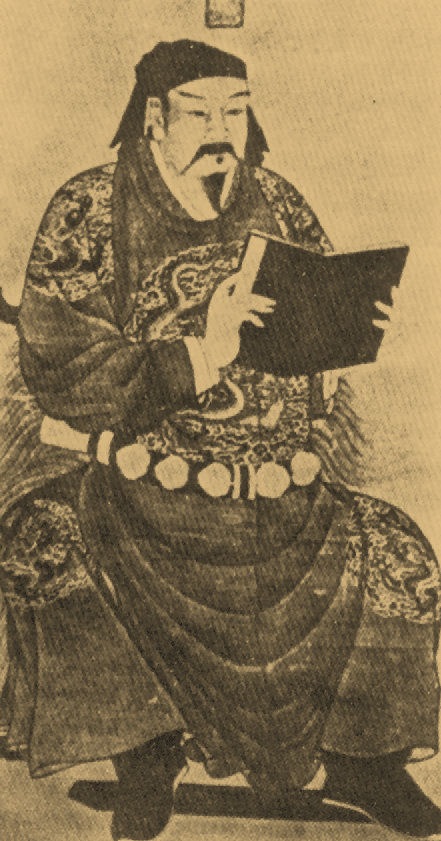
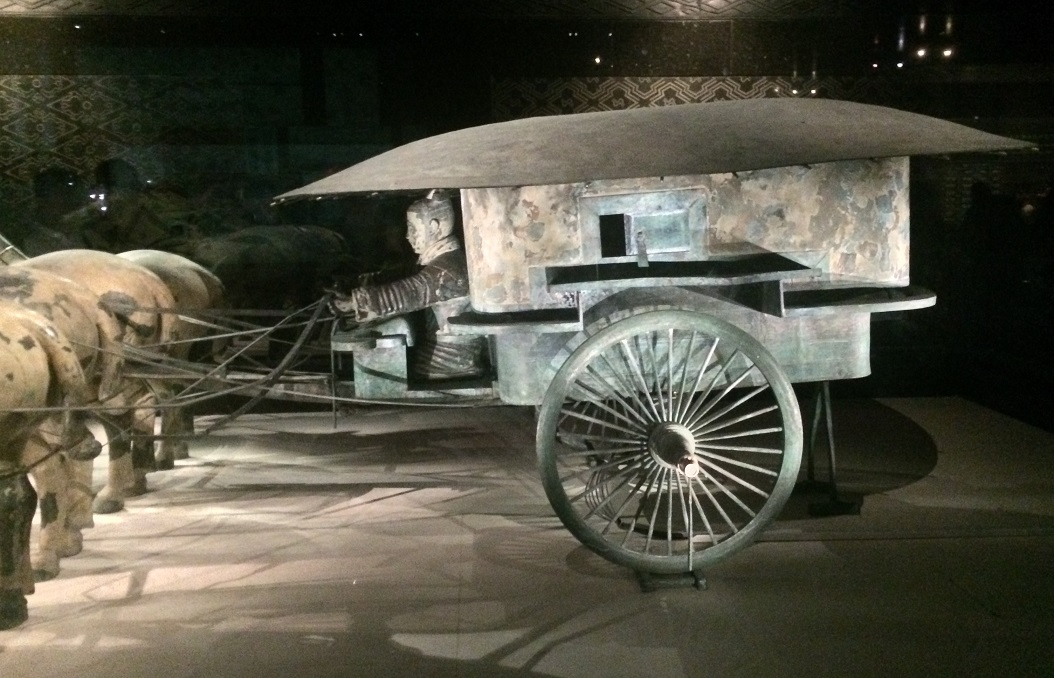
The second of these Martial Art styles that Yeuh Fei taught was to his troops and called Eagle Claw (Yeuh Jar Len Jao). It was based on the external Shaolin style. This external style was learnt more easily and had immediate practical techniques, which could be applied by the troops in battle. This made them very successful. Eagle Claw put major emphasis on Chin Na. Chin means ‘seize’ and Na means ‘control’. Chin Na relies mainly on grasping, pressing and unnatural twisting of the sensitive parts of the opponent’s body, such as nerves, muscles and joints. The advanced form of Chin Na includes a certain number of strikes, which cause paralysis or unconsciousness. There are also some Chin Na techniques that are used to kill or maim an opponent.
Due to the two new styles Yeuh Fei taught his officers and troops and together with his tactical approach to strategy on the battlefield, he won all his encounters with the enemy and became Marshall of the whole Chinese Army.
A Gin Commander by the name of Wuh Jwu, who was also undefeated in battle, was making his way into China. He had with him two other famous Gin Generals known as Tiger King and The Great Dragon. This Gin Commander was as clever and cunning as Yeuh Fei. He had developed a war chariot (Kua Tzu Ma), which had never been seen before. It consisted of three well-armoured horse pulling a chariot that could move both swiftly and freely though the battlefield whilst creating a stable platform for an archer to shoot at will.
Yeuh Fei thought long and hard on how he would fight this Gin Commander Wuh Jwu and eventually developed a special troop called Tern Pai Chun, which was to become known as ‘The Rattan Shield Army’. This special troop had flexible Rattan shields that would be able to withstand the stomping of horses’ hooves. These shields were also greased to make them more effective against being trampled on. These troops were armed with a long pole that had a curved blade on the end with an extremely sharp edge on the inside, which they used to cut away at the horses’ legs so bringing the chariot down.
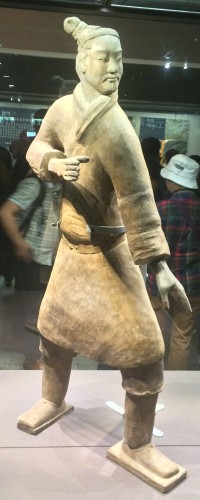
The Gin Commander Wuh Jwu, knowing of Yeuh Fei’s reputation, bribed Chin Kua (Chinese Prime Minister) to send a gold-sealed envelope to Yeuh Fei, telling him to return from the battlefield. Yeuh Fei, reluctant to leave his troops, stayed. Chin Kua sent 12 gold-sealed orders in one day for Yeuh Fei to return to the Capital and under so much pressure Yeuh Fei returned.
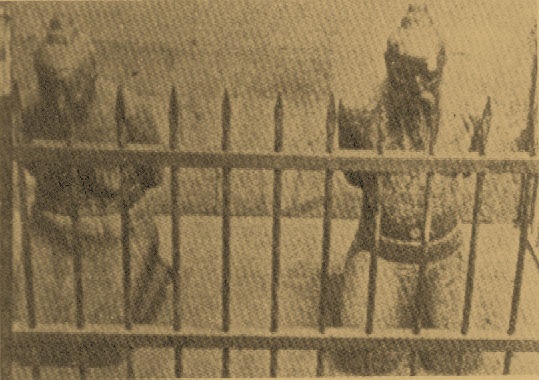
On his return Yeuh Fei was immediately imprisoned because Chin Kua feared any sort of trial would show Yeuh Fei’s innocence. Chin Kua then had an officer by the name of Ho Juh investigate his life, looking for some reason to justify Yeuh Fei’s imprisonment, but for all his searching could find no wrongdoing, so had his food poisoned. Yeuh Fei died in jail on January 27th 1142AD and was buried in a pauper’s grave. He was only 38 years old.
In 1166AD a new Emperor came to power. Discovering what had happened to Yeuh Fei; he cleared his name, exhumed his body from the pauper’s grave and reburied him in a new burial vault as befitting his rank and standing. On the front of his burial vault was inscribed ‘The Righteous and Respectable Warrior’.
Yeuh Fei’s new burial place was the beautiful West Lake in Hangzhou. In front of the grave are stone statues of Chin Kua and his wife kneeling in repentance and shame before Yeuh Fei.
